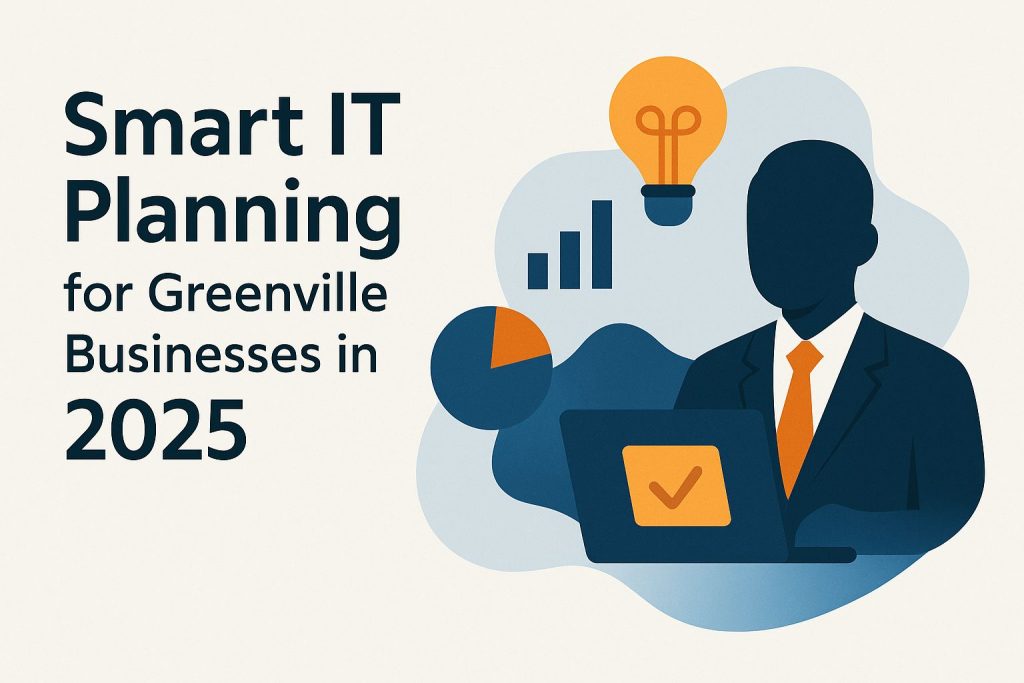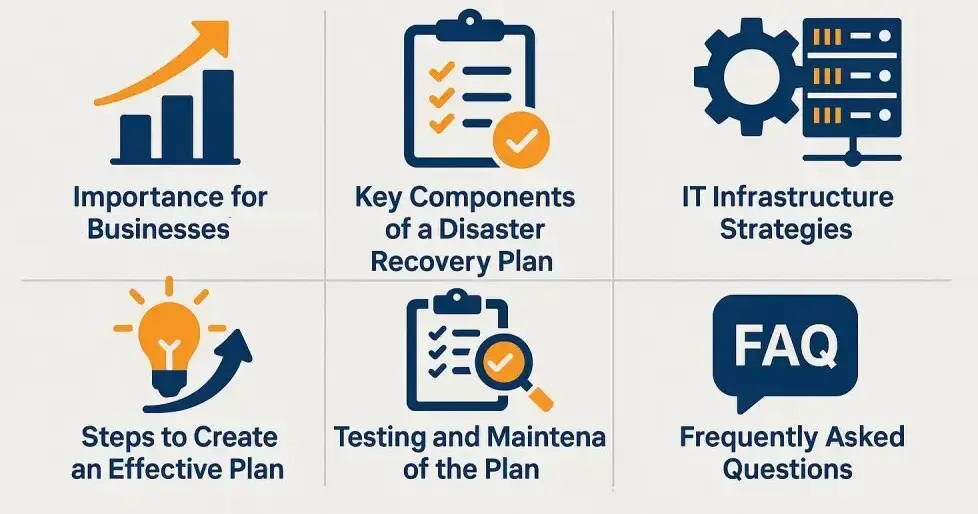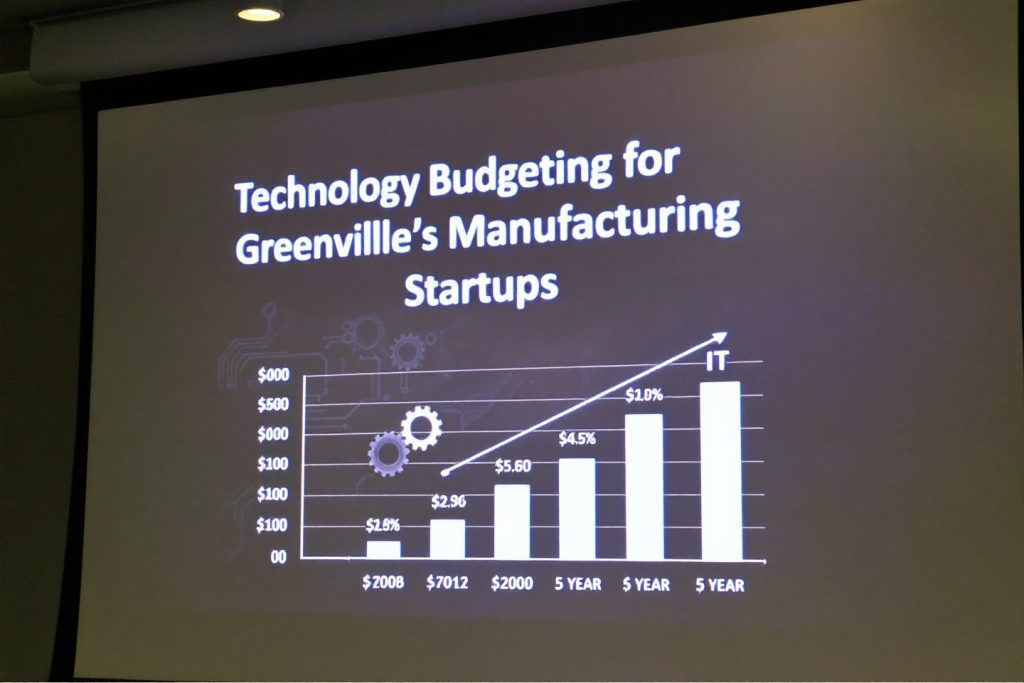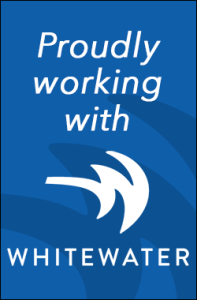How Strategic IT Planning Supports Greenville SC Business Expansion
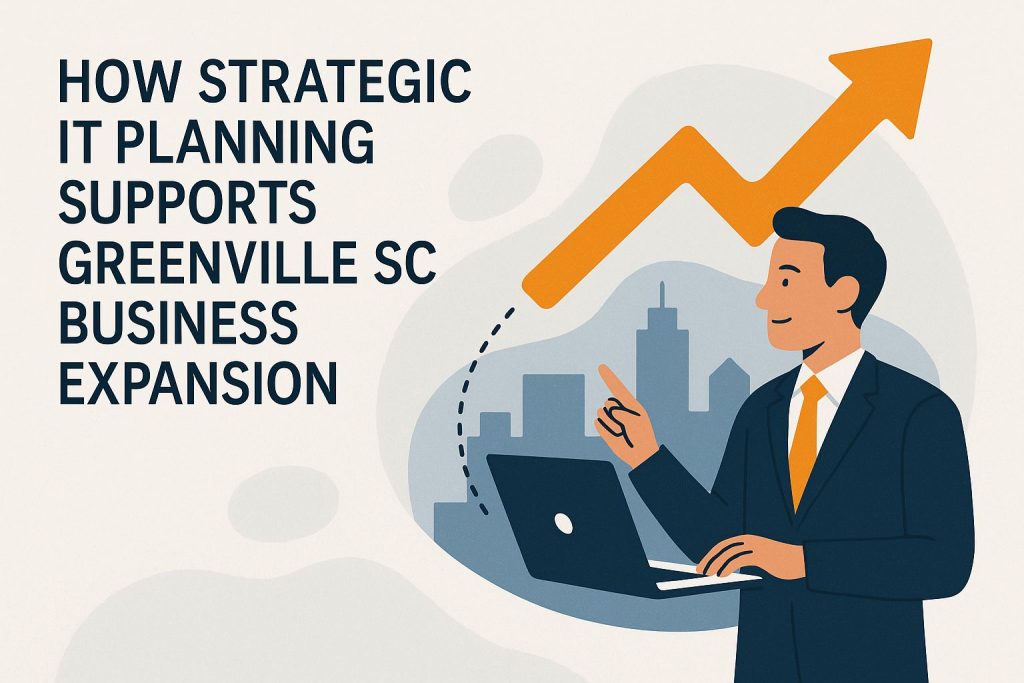
Greenville, SC, has a booming economy. Manufacturing and tech sectors drive 4.5% annual GDP growth. This data comes from the U.S. Census Bureau. Businesses risk stalling without strong expansion strategies. Strategic IT planning helps. It tackles challenges like talent shortages and infrastructure demands. This article explores IT’s role in growth. It covers optimized infrastructure, data-driven insights, market alignment, implementation tactics, and ROI measurement. These fuel sustainable success.
Business Expansion Challenges in Greenville SC
Expanding businesses in Greenville, South Carolina, encounter distinct challenges, including talent shortages and infrastructure constraints. A 2022 study by the Chamber of Commerce reveals that 45% of local firms face difficulties in scaling operations amid rapid population growth.
Key challenges include:
- Workforce development gaps exist. For example, South Carolina expects a shortage of 5,000 technology workers by 2025. (Source: South Carolina Department of Commerce.) Solution: Businesses enhance employee skills. They use Greenville Technical College’s IT certification programs. Focus on roles like cybersecurity analysts.
- Supply chain disruptions occur from regional logistics issues. For example, an automotive supplier faced a six-month delay. Bottlenecks on Interstate 85 caused it. Solution: Businesses deploy cloud-based ERP systems like SAP. These systems enable real-time tracking. They also provide alternative routing options.
- Regulatory compliance requirements in South Carolina’s manufacturing sector, including stringent environmental regulations enforced by the Department of Health and Environmental Control (DHEC). Solution: Implement compliance management software like Intelex to automate audits and reporting, thereby mitigating the risk of fines.
- Elevated energy costs impacting IT infrastructure, with rates in the Upstate region 15% higher than the national average. Solution: Transition to energy-efficient data center solutions using AWS Outposts for on-premises optimization.
Case study of a Greenville retailer: By outsourcing IT functions to the local firm TechSolve, the retailer effectively scaled its e-commerce operations during the 2023 growth phase, achieving a 25% cost reduction through managed cloud services.
Role of IT in Scalable Growth
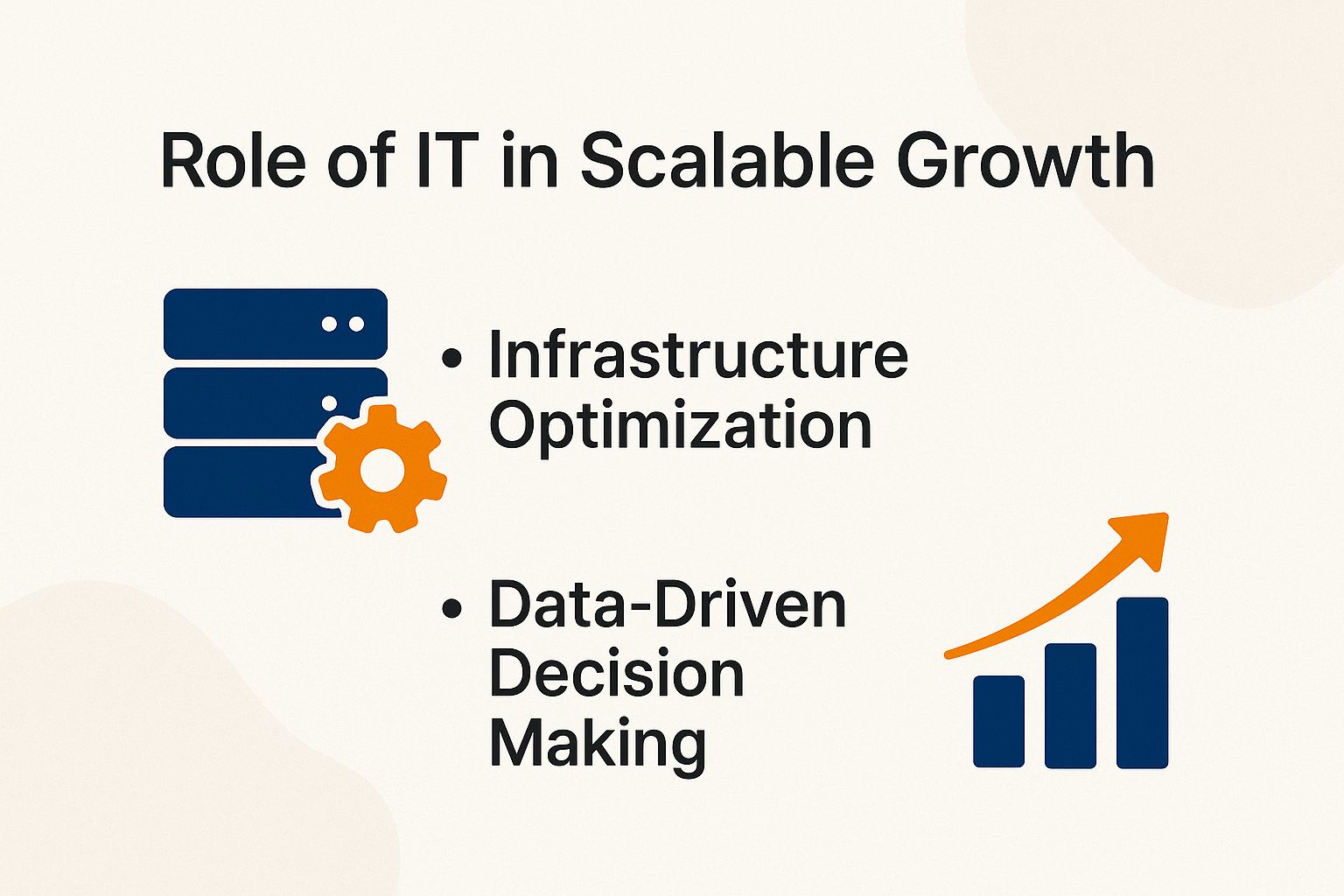
Information Technology (IT) plays a pivotal role in facilitating scalable growth by offering flexible infrastructure and actionable data insights. This is evidenced by a McKinsey study, which found that IT-optimized firms in the Southeast United States scaled 28% faster than their peers.
Infrastructure Optimization
Businesses optimize IT infrastructure. They upgrade to scalable cloud solutions like AWS or Azure. These reduce downtime by 40%. A 2023 Forrester report on Southeast businesses confirms this.
To accomplish this, organizations should follow these actionable steps for a seamless upgrade, particularly tailored for data centers in Greenville. Implement this upgrade by exploring our Cloud IT Services for Greenville guide, which focuses on boosting growth and improving efficiency.
- First, conduct an assessment of the current setup using SolarWinds Network Performance Monitor ($1,500 per year) to identify bottlenecks.
- Second, migrate to a hybrid cloud environment with AWS Outposts (starting at $0.10 per hour per instance) to enable on-premises integration.
- Third, implement VoIP systems such as RingCentral ($20 per user per month) to support unified communications.
- Fourth, optimize bandwidth using Cisco Meraki ($100 per device) to ensure reliable connectivity.
This process typically requires 4-6 weeks and complies with NIST SP 800-53 guidelines for secure infrastructure. For example, a logistics firm in Greenville reduced latency by 50% following the upgrade, thereby improving operational efficiency for expansion.
Data-Driven Decision Making
Businesses leverage data analytics tools like Tableau ($70 per user per month). These tools help make informed expansion decisions. Data-driven firms outperform peers by 5-6% in productivity. (Source: Harvard Business Review.)
Organizations should integrate CRM systems like Salesforce. It costs $25 per user per month. Use it to manage customer data. Use Google Analytics for real-time market insights. It is free. Employ AI tools like IBM Watson for predictive analytics on local economies, such as Greenville. It costs $100 per month. Streamline analytics processes. This prevents infrastructure overlap.
For example, a South Carolina e-commerce site used this setup. It found 15% growth in Upstate markets. The site tracked KPIs like customer acquisition cost. The target is below $50. A 2022 MIT Sloan study shows data’s key role in regional expansion. Targeted strategies can boost revenue by up to 20%.
Local Market Factors and IT Alignment
Greenville’s market is dynamic. It has 4.2% annual GDP growth. The U.S. Bureau of Economic Analysis reports this. Organizations should align IT strategies with this market. Customize approaches for local influences. These include automotive and advanced manufacturing sectors.
| Factor | Local (Greenville, SC) | National |
|---|---|---|
| Proximity & Demand | Proximity to BMW’s Spartanburg plant enhances IoT adoption for real-time monitoring. | Broader U.S. competition diminishes niche opportunities. |
| Costs & Incentives | Low taxes via South Carolina incentives lower setup costs by 15-20%. | Elevated operational expenses in major hubs like Detroit. |
| Competition | A targeted ecosystem promotes partnerships with local manufacturers. | Fierce competition from nationwide enterprises. |
To achieve effective IT alignment, organizations should deploy ERP systems such as SAP, at a cost of $150 per user per month, to streamline supply chains in Greenville’s automotive hub.
Adopt a hybrid strategy. Partner with the Greenville Chamber of Commerce. Organize networking events. Incorporate local data analytics tools.
The 2023 Upstate SC Alliance report states this. Such approaches boost market penetration by 25%. They use tailored opportunities.
Key Implementation Strategies
Implement agile methodologies effectively. Leverage tools such as Jira to streamline project management and boost team productivity. It costs $7.75 per user per month. This enables phased rollouts. It accelerates business expansion by 30%. A 2023 PMI report confirms this.
Organizations can initiate the process by following these structured steps:
- Assemble a cross-functional team comprising 5-8 members and perform a SWOT analysis, leveraging free online templates from MindTools.
- Configure Jira to support daily stand-ups and sprint planning, while integrating it with Slack for notifications ($8.75 per user per month).
- Initiate 2-week sprints targeting high-priority features, monitoring progress through built-in burndown charts to track velocity.
- Conduct retrospectives to evaluate progress and incorporate adjustments based on team feedback.
- Expand capabilities through professional training, such as Scrum Alliance certifications ($995 per course), while aligning costs with your overall IT budgeting strategy for growth.
A 2022 Harvard Business Review study indicates that teams adopting this approach can reduce time-to-market by 25%. Initial setup typically requires 4-6 weeks.
Avoid overloading sprints. Limit capacity to 80%.
Measuring IT ROI for Expansion
Measure IT ROI by monitoring key metrics. Target a return ratio of 3 to 1 for optimal investment performance and growth. A Deloitte study shows this. Firms in the Greenville area used CRM integrations. They reduced operational costs by 15-20%.
To attain comparable results, organizations should track investments using tools like QuickBooks ($30 per month) for expense monitoring or Salesforce CRM ($25 per user per month) for customer analytics.
For instance, a South Carolina distributor that implemented ERP software successfully expanded its operations and improved efficiency from 60% to 90% utilization.
The migration to Azure cloud services saved 20% in infrastructure. Microsoft Teams improved productivity by 25%. It costs $5 per user per month. Integrated data analytics grew revenue by 10%.
IT implementations typically deliver 200-300% ROI within 18 months.
The ROI formula is calculated by dividing gains minus investment by investment, then multiplying by 100. For example, a $100,000 investment yielding $250,000 in benefits equals 150%.
Organizations must follow SEC guidelines. This ensures accurate financial reporting for expansions.
Frequently Asked Questions
What is strategic IT planning and how does it support Greenville SC business expansion?
Strategic IT planning aligns technology with business goals. It drives growth. In Greenville SC, it supports business expansion. Local companies scale operations efficiently. Scalable cloud solutions are used to boost efficiency. Cybersecurity is enhanced to protect vital data. Data analytics optimization helps drive informed decisions. This lets businesses enter new markets without tech issues.
Strategic IT planning helps businesses hire and upskill talent while ensuring regulatory compliance. It supports automation through virtualization, DevOps, and outsourcing, and fosters partnerships for funding like grants and tax incentives.
Technologies like IoT, blockchain, and mobile apps boost SEO, social media, and forecasting. Agile project management and IT budgeting track ROI and KPIs, supporting workforce development.
South Carolina’s tech hubs aid startups to corporations with digital transformation, CRM, e-commerce, and remote work solutions to enhance customer engagement.
In Greenville’s key sectors—manufacturing, automotive, healthcare, real estate, and retail—strategic IT planning drives growth by optimizing infrastructure, reducing downtime, ensuring compliance, and enabling scalable cloud solutions.
How can Strategic IT Planning improve Efficiency Improvement during Greenville SC Business Expansion?
Strategic IT planning streamlines processes. The text uses process automation and integrated systems to streamline operations. Supporting Greenville SC business expansion is a key focus. Additionally, ERP systems are implemented for regional logistics optimization. This achieves cost reduction. It boosts productivity. This helps handle more demand in the growing local economy. It includes supply chain management and inventory tracking for better business intelligence.
What role does Data Analytics play in Strategic IT Planning for Greenville SC Business Expansion?
Data Analytics provides insights into Market Analysis trends and customer behavior. Strategic IT Planning supports Greenville SC Business Expansion. It enables predictive modeling for Inventory Tracking. It also supports personalized Digital Marketing. This helps firms make data-driven decisions. These decisions capture more market share in Greenville’s dynamic Greenville Business Community environment. This leverages Big Data and Business Intelligence for Competitive Advantage.
How does Strategic IT Planning address Cybersecurity risks in Greenville SC Business Growth?
As businesses expand their enterprises, cyber threats increase. Strategic IT Planning supports Greenville SC Business Expansion. It incorporates advanced Network Security protocols. Examples include multi-factor authentication and regular audits. This protects sensitive data. It ensures uninterrupted operations through Disaster Recovery and Backup Solutions. These measures build trust. They support sustainable Business Growth in the South Carolina region. It includes Risk Management and Cybersecurity best practices.
What are the long-term benefits of Strategic IT Planning for expanding businesses in Greenville SC?
Long-term benefits include Business Agility, Cost Reduction, and Innovation. Strategic IT Planning supports Greenville SC Business Expansion. It fosters a resilient IT Infrastructure foundation. This foundation scales with the company via Scalable Infrastructure. It attracts talent through modern tech like AI Integration and Machine Learning. It positions businesses for ongoing success in Greenville’s evolving SC Economic Development economy. This involves Future-Proofing and Sustainability Practices. Examples include Green IT.
